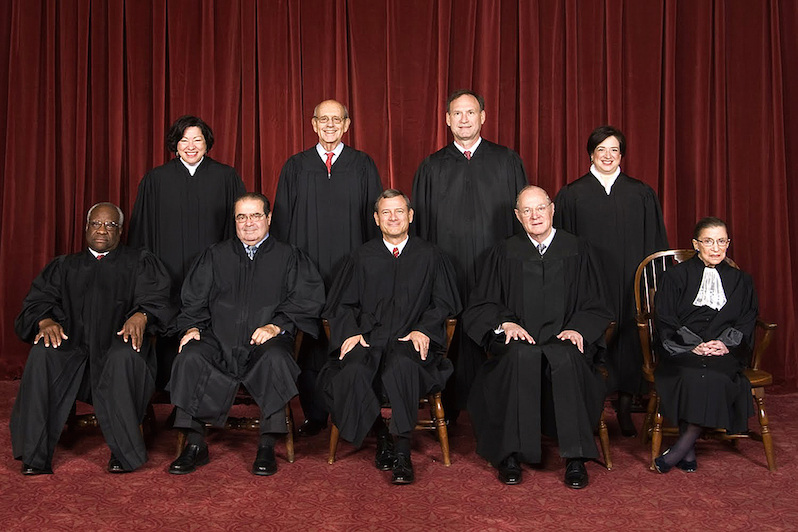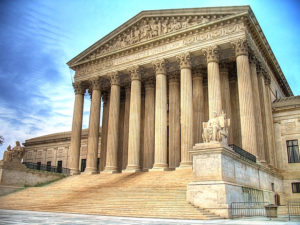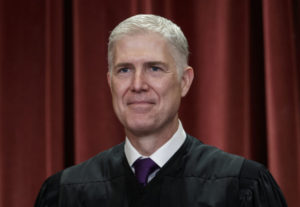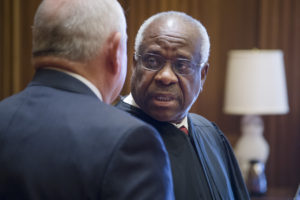Supreme Court Leans Left in the Wake of Antonin Scalia’s Death
All things considered, the Supreme Court’s just-completed term was a good one for liberals and progressives. The Roberts Court in 2010. Back row (left to right): Sonia Sotomayor, Stephen Breyer, Samuel Alito and Elena Kagan. Front row (left to right): Clarence Thomas, Antonin Scalia, Chief Justice John Roberts, Anthony Kennedy and Ruth Bader Ginsburg. (Steve Petteway / Collection of the Supreme Court)
1
2
The Roberts Court in 2010. Back row (left to right): Sonia Sotomayor, Stephen Breyer, Samuel Alito and Elena Kagan. Front row (left to right): Clarence Thomas, Antonin Scalia, Chief Justice John Roberts, Anthony Kennedy and Ruth Bader Ginsburg. (Steve Petteway / Collection of the Supreme Court)
1
2

The Roberts Court in 2010. Back row (left to right): Sonia Sotomayor, Stephen Breyer, Samuel Alito and Elena Kagan. Front row (left to right): Clarence Thomas, Antonin Scalia, Chief Justice John Roberts, Anthony Kennedy and Ruth Bader Ginsburg. (Steve Petteway / Collection of the Supreme Court)
Independent journalism is under threat and overshadowed by heavily funded mainstream media.
You can help level the playing field. Become a member.
Your tax-deductible contribution keeps us digging beneath the headlines to give you thought-provoking, investigative reporting and analysis that unearths what's really happening- without compromise.
Give today to support our courageous, independent journalists.








You need to be a supporter to comment.
There are currently no responses to this article.
Be the first to respond.